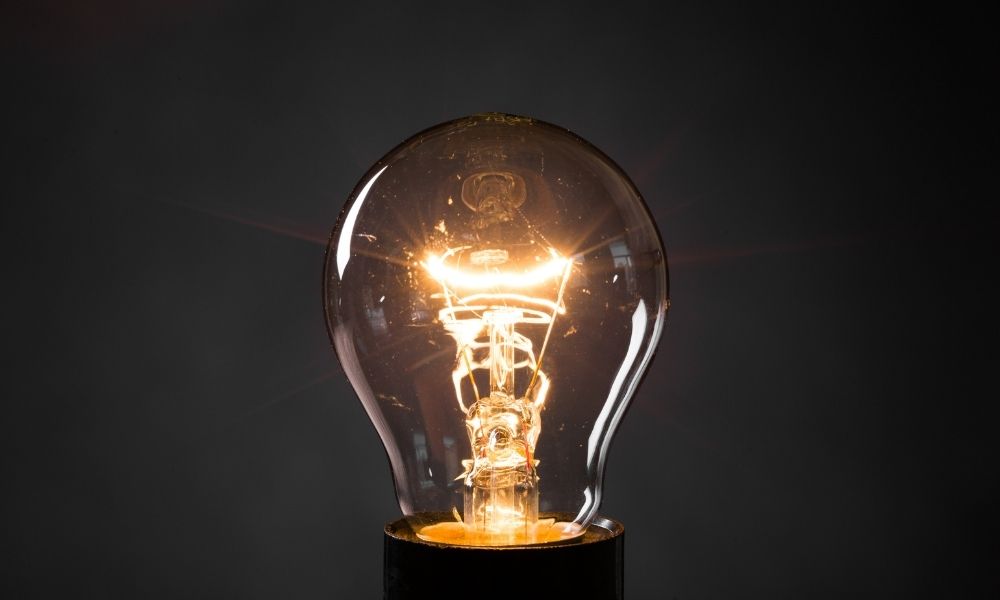

The light bulb has become a staple in society, but it took many years and different inventors to bring the light bulb to its current design. We use them to light up our homes, offices, and public spaces.
This article will explore the history of light bulbs and how they’re made. It’s interesting to think about how something so familiar and seemingly simple as a light bulb could have a long and complex history. Let’s take a look.
The first recorded idea of the light bulb came from English scientist and inventor Humphry Davy. In 1802, Davy conducted an experiment where he connected two wires to an isolated battery, creating an arc between the two wires. This arc produced light, but it was very dim and not practical for use in a home or office.
Thomas Edison invented the first working electric light bulb in 1879. His design was a glaring improvement over the previous versions that used a platinum filament. Edison’s design used a carbonized bamboo filament that could burn for over 1,200 hours. This change was a significant breakthrough in the development of the light bulb.
The first light bulbs used a carbonized bamboo filament. A carbon filament quickly replaced this, followed by a tungsten filament. Tungsten is the most commonly used material in light bulbs today. There are also fluorescent light bulbs, which use gas to produce light. These are more energy efficient than traditional light bulbs and are often used in office and public settings.
The manufacturing process for light bulbs has changed very little since Edison’s time. First is the creation of the tungsten filament. Next, the filament is coiled and placed into an evacuated glass bulb. The bulb heats to extremely high temperatures, which causes the tungsten to vaporize. This process gets repeated until the filament reaches the desired thickness. Finally, the glass bulb is sealed, and the light bulb is ready for use.
Light bulbs are subject to several quality control tests before they are considered ready for sale. These tests ensure that the light bulbs are safe and will function properly.
Some of the tests that light bulbs undergo include:
Every day we turn on the lights in our homes without giving them a second thought. But it’s important to remember that the light bulb is a complex piece of technology with a long and exciting history. Understanding the history of light bulbs and how they’re made helps us appreciate light and all it does for us.
American families are once again juggling the seasonal custom—and financial burden—of back-to-school shopping as the…
Want to bond over unexpected activities? Look at these unconventional ways to connect with your…
Burnout isn’t just something that happens to CEOs. For moms homeschooling littles, it’s a very…
When it comes to long-distance motorcycling, comfort, reliability, and smart engineering can make or break…
Flowers have seen significant transformation over time; online flower shopping is increasingly common now for…
Learn essential first-time landlord tips for success, from tenant screening to property maintenance. These strategies…